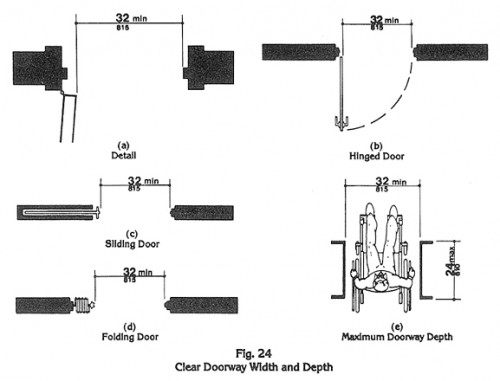Low Income Housing Tax Credits (LIHTC) in Colorado: An Overview
Low Income Housing Tax Credits (LIHTC) are a vital tool for funding affordable housing in Colorado. This program provides tax incentives to developers to build or rehabilitate affordable rental housing for low-income households.

How LIHTC Works
Developers apply for tax credits, which they sell to investors to raise equity for their projects. As a result, this equity reduces the amount of debt needed, making it easier to offer lower rents. The credits are available over a 10-year period but require a 30-year commitment to maintaining affordable rents.
Role of Colorado Housing and Finance Authority (CHFA)
The Colorado Housing and Finance Authority (CHFA) administers the LIHTC program in Colorado. Therefore, CHFA allocates the credits, monitors compliance, and provides guidance to developers. They ensure projects meet federal and state requirements, supporting the development of quality affordable housing.
4% vs. 9% LIHTC Programs
The LIHTC program has two types: 4% and 9%. Each serves different purposes and has distinct characteristics.
4% LIHTC Program
- Lower Subsidy: The 4% credits cover about 30% of the project costs.
- Automatic with Tax-Exempt Bonds: Projects financed with tax-exempt bonds automatically qualify.
- Less Competitive: Easier to obtain than 9% credits, but less funding is provided.
9% LIHTC Program
- Higher Subsidy: The 9% credits cover up to 70% of the project costs.
- Highly Competitive: Limited allocation each year, making the application process competitive.
- Greater Impact: Offers more substantial funding, leading to deeper affordability.
Conclusion
In conclusion, Low Income Housing Tax Credits are essential for developing affordable housing in Colorado. With CHFA’s administration, these credits help create quality homes for low-income families. So understanding the differences between the 4% and 9% programs is crucial for developers seeking to maximize their funding and impact. EVstudio has worked on several LIHTC financed projects and can assist you with the process on the design side. Please reach out to our team of specialists and we would be happy to help!
For more information, visit CHFA’s official website.








